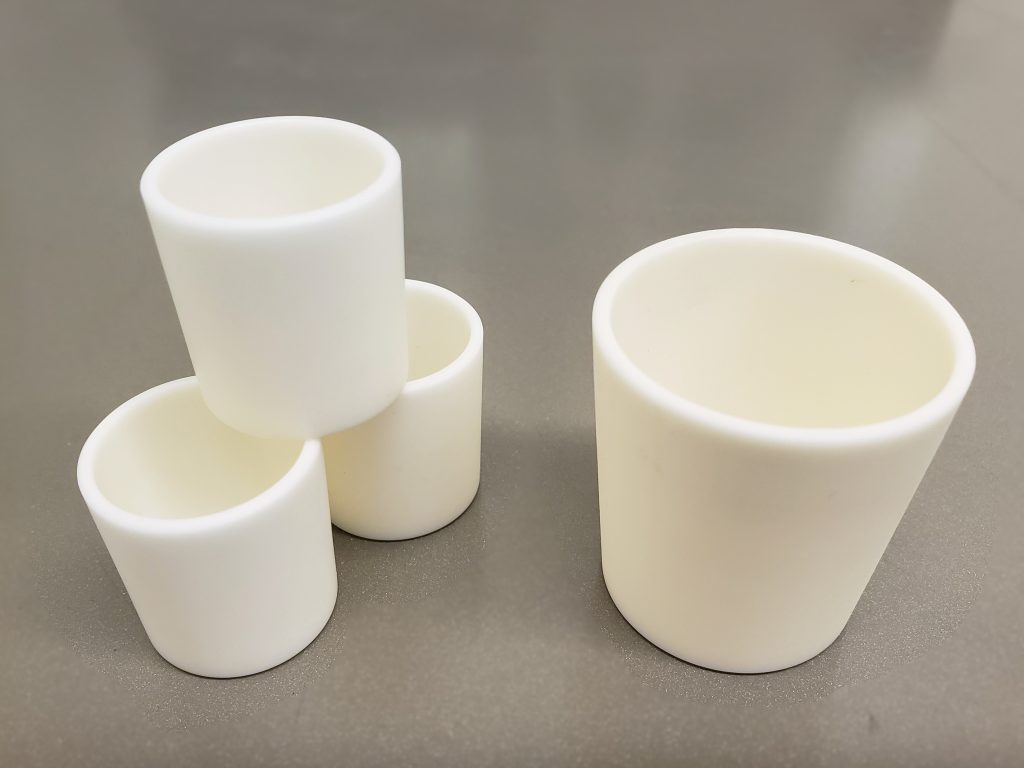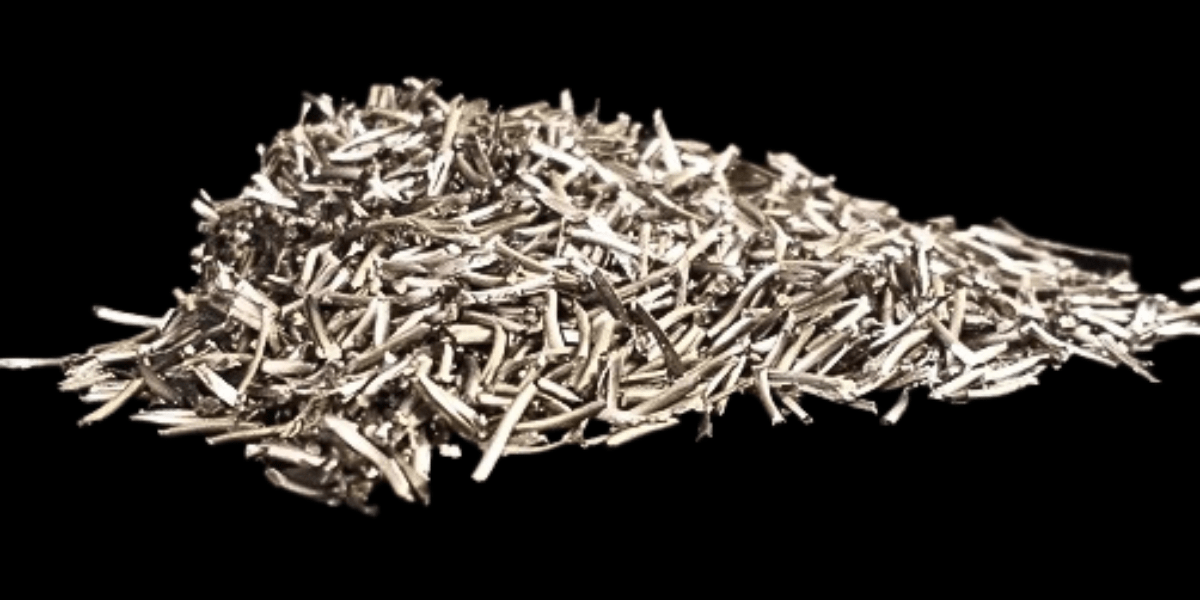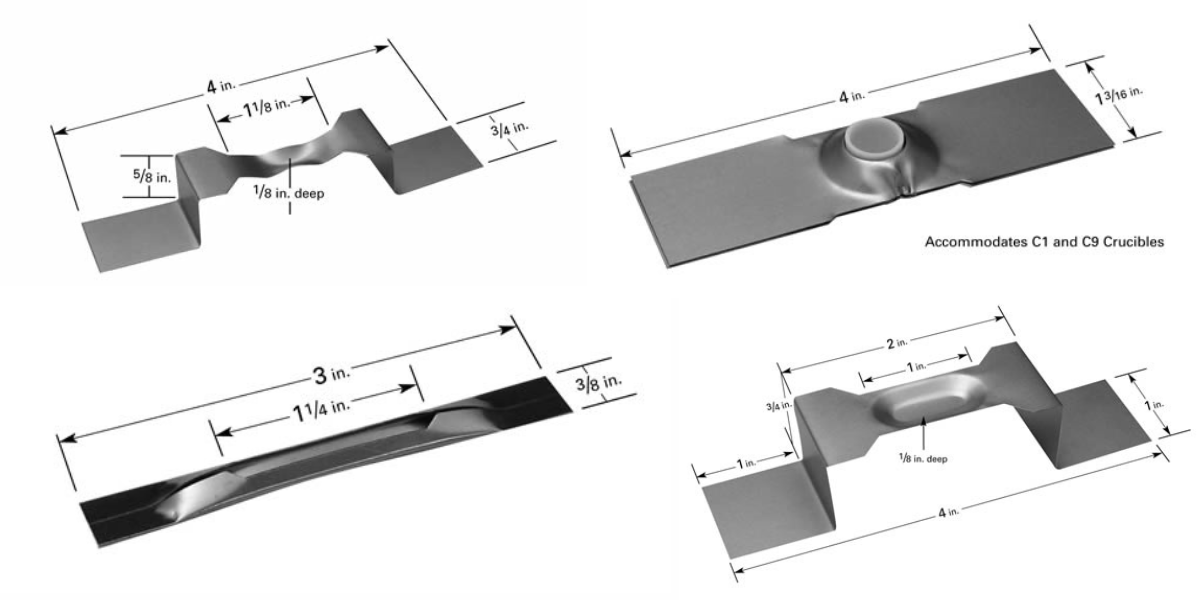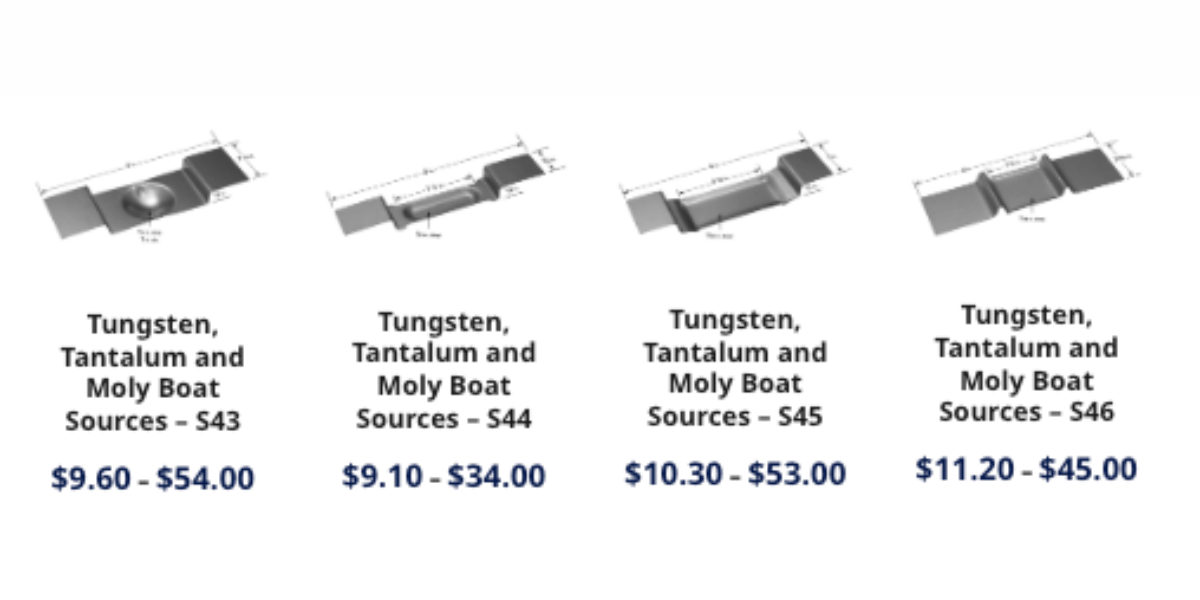Choosing the Right Crucible for Your Laboratory Applications
Selecting the appropriate equipment is paramount to achieving accurate results and ensuring efficiency in laboratory experimentation and material processing industries. Among the many tools available, crucibles, such as a tungsten or alumina crucible, stand out as indispensable vessels for a variety of applications.
From sample preparation to high-temperature reactions, these containers play a crucial role in modern laboratories. However, with numerous options available, choosing the crucible can be a daunting task. Let’s delve into the factors to consider when selecting an crucible to suit your specific laboratory applications:
Understanding Crucibles
Crucibles are containers used to contain material for processing, especially corrosive and/or toxic compounds. Their shape allows for easy loading and unloading of samples, making them ideal for various laboratory processes such as heating, drying, and ashing.
These can come in many different sizes, shapes, and materials including high temperature metals, graphite, quartz, and ceramic materials. However, crucibles made from aluminum oxide (Al2O3) are widely used. Alumina crucibles are known for their excellent thermal stability, chemical resistance, and mechanical strength, which make them versatile instruments.

Factors to Consider
- Temperature resistance
- One of the most critical factors to consider when selecting a crucible is its temperature resistance. Different laboratory processes require varying degrees of heat, and choosing a crucible that can withstand the intended temperature range is essential to prevent damage and ensure longevity.
- Tungsten crucibles and other refractory metal crucibles can endure extreme temperature changes and thermal shock.
- Chemical compatibility
- It is crucial to assess the chemical compatibility of the crucible with the substances it will come into contact with during experimentation.
- Alumina crucibles are generally resistant to most acids, bases, and solvents, but compatibility may vary depending on specific reagents used in your laboratory.
- Size and capacity
- Crucibles come in a range of sizes and capacities to accommodate different sample volumes. Consider the volume of your samples and the space available in your laboratory equipment when selecting the appropriate crucible size.
- Surface finish
- The surface finish of the crucible can impact its performance in certain applications. A smooth surface minimizes the risk of sample contamination and facilitates easy cleaning, while a textured surface may provide better grip for certain materials.
- Glossy carbon and graphite, while both carbon based, have different surface finishes.
- Purity
- The purity of the material used in the crucible can influence its suitability for specific applications. High-purity alumina crucibles are often preferred for analytical work and processes where sample contamination must be minimized.
Application-Specific Considerations
Depending on the nature of your laboratory applications, additional factors may come into play when selecting a crucible material:
- For high-temperature applications such as sintering and annealing, choose a crucible with a high maximum temperature rating.
- If you plan to use corrosive chemicals or strong acids in your experiments, opt for a crucible with enhanced chemical resistance.
- Consider the shape and dimensions of the crucible to ensure compatibility with your laboratory equipment and experimental setup.
Shop Crucibles and More
For a wide selection of our high-quality alumina crucibles and other laboratory crucibles, visit the RD Mathis website to shop. Our range of products is designed to meet the diverse needs of scientific research and experimentation. Explore our catalog today to find the perfect solutions for your laboratory requirements.



